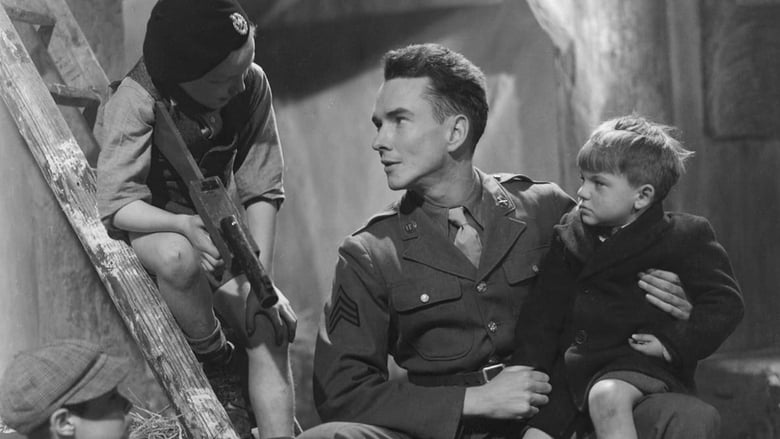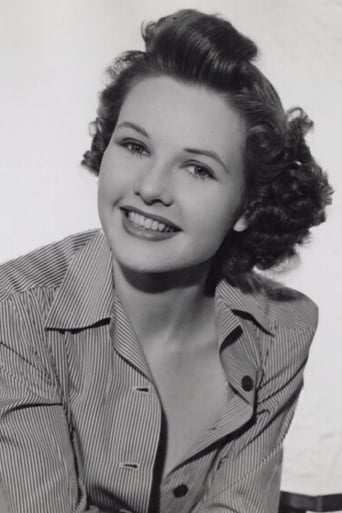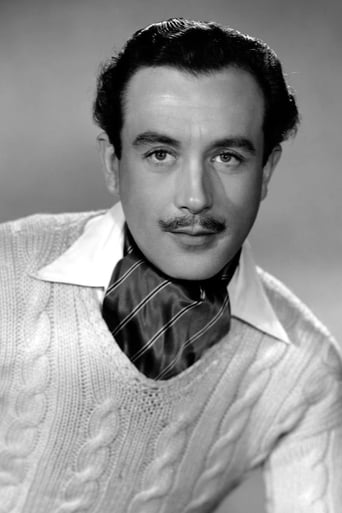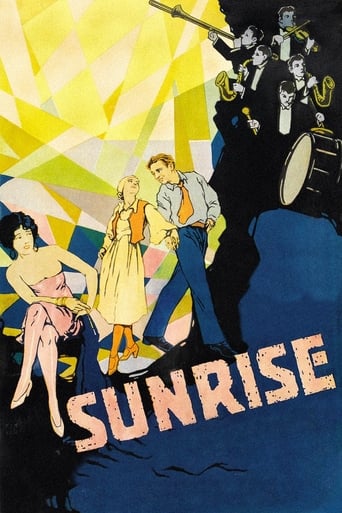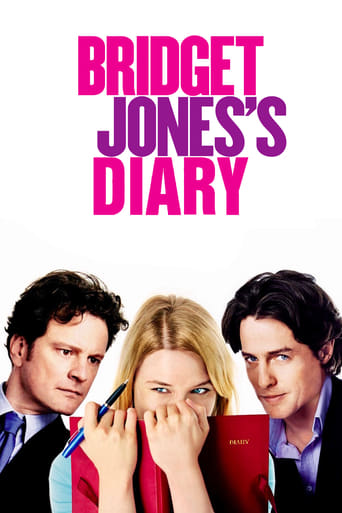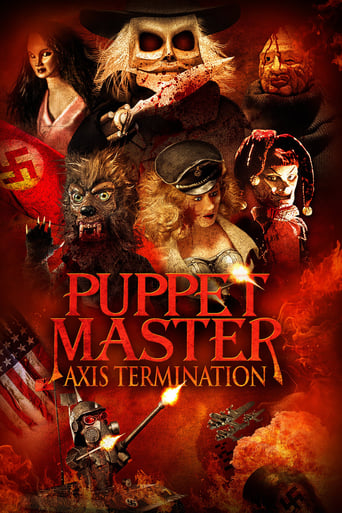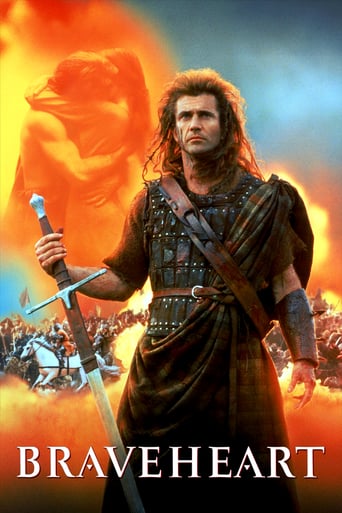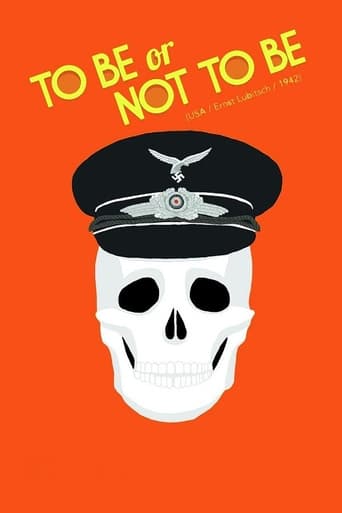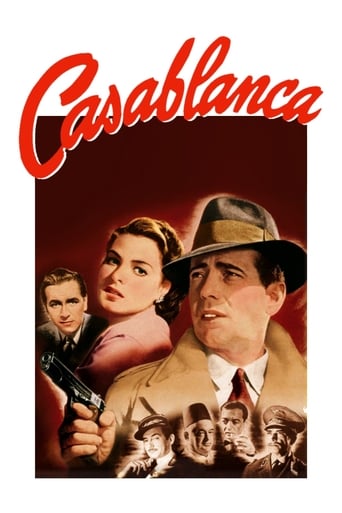A Canterbury Tale (1944)
Three modern day pilgrims investigate a bizarre crime in a small town on the way to Canterbury.
Watch Trailer
Free Trial Channels
Cast


Similar titles
Reviews
I think this is a new genre that they're all sort of working their way through it and haven't got all the kinks worked out yet but it's a genre that works for me.
A Disappointing Continuation
The movie is made so realistic it has a lot of that WoW feeling at the right moments and never tooo over the top. the suspense is done so well and the emotion is felt. Very well put together with the music and all.
While it doesn't offer any answers, it both thrills and makes you think.
Michael Powell was born in Canterbury, and "A Canterbury Tale" can be seen as his love-poem to his native city. The film opens with a quotation from Chaucer's "Canterbury Tales" and a shot of his pilgrims making their way to Canterbury, and the action is set either in the city itself or in the nearby fictitious small town of Chillingbourne (an amalgam of the villages of Chilham, Fordwich, and Wickhambreaux, with the name perhaps owing something to "Sittingbourne"). His three main characters- British Army Sergeant Peter Gibbs, U.S. Army Sergeant Bob Johnson and Alison Smith, a "Land Girl" - arrive by train in Chillingbourne one summer evening and are explicitly compared to modern-day pilgrims. Part of the story concerns the "blessings" they receive after they visit Canterbury.The main problem with the film is that the central story is a silly one. Peter, Bob and Alison learn that somebody in Chillingbourne is pouring glue into the hair of local girls who have been dating soldiers from a nearby camp, and decide to unmask the culprit. We do eventually learn who the "glue man" is, and what his motive is, although this might have come as a surprise to audiences in 1944, and will probably still surprise modern ones. He is motivated neither by jealousy at losing a girlfriend to a soldier (which would probably have been the most common guess in 1944) nor by some bizarre sexual fetish (which would probably be the most common guess today).Powell and Pressburger were concerned to encourage wartime Anglo-American friendship (a theme they also dealt with in a later film, "A Matter of Life and Death"), but the character of Bob does not seem particularly calculated to endear the British public to their transatlantic guests. He is the sort of Yank who greets every minor difference between the British and American ways of life (driving on the left, unarmed policemen, etc.) not only with bafflement but also with a barely-concealed belief that the American way of doing things must inevitably be superior. At times, in fact, The Archers actually seem to be exaggerating Anglo-American differences in order to make a point. Contrary to what we are led to believe here, quite a lot of Americans do indeed drink tea, and no American would express surprise at a settlement as small as Chillingbourne being called a town. (In many parts of the States the word "village" is rarely used and the word "town" is used to describe settlements which in Britain would be considered villages).The character of Bob is played by Sergeant John Sweet, a real-life American GI. He never appeared in another film after this one (although he lived to be 95), and I cannot say that the decision to use an amateur actor really paid off; perhaps Powell and Pressburger had difficulty finding a professional American actor in the England of 1944. When the film was released in America after the war, the Canadian actor Raymond Massey acted as narrator- Esmond Knight narrated the British version- and extra scenes were added with Kim Hunter as Johnson's girlfriend. (Massey and Hunter were chosen because they were due to star in "A Matter of Life and Death").What saves the film from a lower mark is the quality of the cinematography. Powell achieves some striking black and white photography of the city of Canterbury and of the surrounding countryside. An important scene takes place in Canterbury Cathedral, but because of wartime conditions the Cathedral itself was not available for filming; this scene was shot on a set recreated in the studio. Two years before the film was made, the city had been devastated by enemy bombing during the so-called Baedeker raids; according to Nazi propaganda Canterbury had been singled out because the city's Archbishop, William Temple, was an advocate of the bombing of German cities. Powell and Pressburger do not shy away from depicting the devastation caused by the bombing; indeed, they make it a theme of their film.The rural parts of the film are perhaps even more important than the urban ones. The theme is essentially what might be called neo-romantic nationalism, a sense that in the English landscape the past always haunts the present. At the time the film probably seemed to express a timeless vision of an unchanging rural England; Bob, a carpenter in civilian life, finds that he can talk to the local wheelwright without risk of cultural misunderstandings because both Britain and America hold to traditional methods of woodworking. Yet this was an England which already stood on the verge of change. In the forties many farms still relied upon horse-and-cart methods of agriculture, and the local wheelwright would have been a key figure in any village. The mechanisation of agriculture, however, had begun in the twenties and thirties, and even from the vantage-point of 1944 it was probably already predictable that the old methods would not last for very much longer. As things turned out, the horse-and-cart days were largely gone by the sixties."A Canterbury Tale", therefore, attempts to deal with some quite ambitious themes. It is a pity that a better storyline could not have been found to embody them. 6/10 A goof. The character Thomas Colpeper, who is supposed to be very knowledgeable about the local area, mentions "heather" among the flowers which can be found on the Downs near Chillingbourne. A genuinely knowledgeable local man would have realised that heather needs sandy, acidic soils and therefore will not grow on the chalky, alkaline soils of the North Downs.
As much as I loved Powell's I Know Where I'm Going, this film, a propaganda piece from 1944, is bloody mess, with no script that makes any sense, terrible casting, acting, and direction. It takes forever to get going, and then goes nowhere. We are led to believe that four modern day pilgrims are going to head to Canterbury, but instead we have a mish-mash of a slight and ultimately silly story about a "glue man", and who knows what else. the American was annoying throughout, the Brits not much better, with the only redeeming presence being that of the young lady. I guess there are some decent scenes of Canterbury in black and white, but the story fails to hold any interest, except to a select group of auteurs who somehow have rated this film high for reasons unknown.
Hardly anyone can miss the immensely strong sense of place in the film. Whether it was all shot there or not, the beauty of the unspoiled country outside Canterbury and the desolation of the bombed city around its towering cathedral must strike everybody. What some previous reviewers are less sure on is the equally strong sense of time.Most people pick up the almost mystical links with the Iron Age track, the Roman military road and the way of the medieval pilgrims. The two young people from London and the third from distant Oregon are clearly following an ancient trail towards revelation. What is equally important, to my mind, is an understanding of the exact period in which the story unrolls.The photography gives us endless clues of late summer in the south of England: cut corn in sheaves, hops being picked, long grass going dry on the downs, blackberries to eat. In fact, we are given precise dates: it is the end of August 1943. First meeting at the railway station on the night of Friday 27 August, the three young people join up there again on the morning of Monday 30 August to complete their pilgrimage.What was hanging over the protagonists at the time? On various fronts, the Germans and Japanese were being pushed back: the Russians were winning the huge tank battles around Kursk while the western Allies were victorious in the Solomon Islands and in Sicily. Both the young sergeants knew that they were likely to be fighting on the mainland of Europe soon.By the time the film was released in England, a year later in August 1944, the picture was very different: British and American troops were racing towards the Rhine, the Russians had broken into Germany and the Japanese were retreating in the East. Some of the huge tensions facing the people in the film were eased. As invasion was improbable and air raids unlikely, the Home Guard would soon be stood down and the blackout relaxed. The US soldiers had crossed to France, never to return. So the rich slice of rural and urban life caught in the film was already historical, but still worth treasuring as a lyrical evocation of a place and a time. Under the surface of its relatively simple story, deep currents run.
I have just brought this for my Uncle ( aged 78 ) who lived in Canterbury many years ago. Unfortunately he is very ill now after suffering a stroke, he has lost his memory, but ask him what he was doing 50 years ago and he remembers. After seeing him at the weekend, he was telling us how much he would like to see this film again, as he was in Canterbury Town whilst this was being filmed and he " thought it was very odd to see the army walking through Canterbury!" until he realised it was being filmed. i hope he enjoys this, as much as some as you have, but I think i will watch it too as i still live in Canterbury, so it would be quite interesting to see it!


